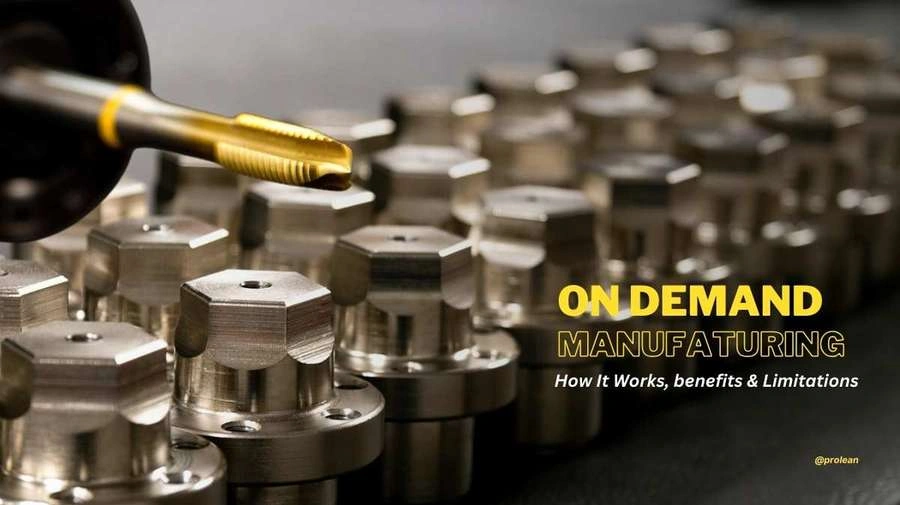
On Demand Manufacturing
The Progressive On Demand Manufacturing solution has been developed to fulfill the evolving requirements of production companies and consumers. The manufacturing process benefits from enhanced precision and automation capabilities, which allow manufacturers to maintain costs efficiently. Conventional manufacturing techniques usually focus on producing large batches of goods. Custom manufacturing practice remains ubiquitous even though it presents specific restrictions. It rapidly expands because it resolves multiple issues found in traditional manufacturing and presents flexible manufacturing solutions to many industries.
What is On Demand Manufacturing?
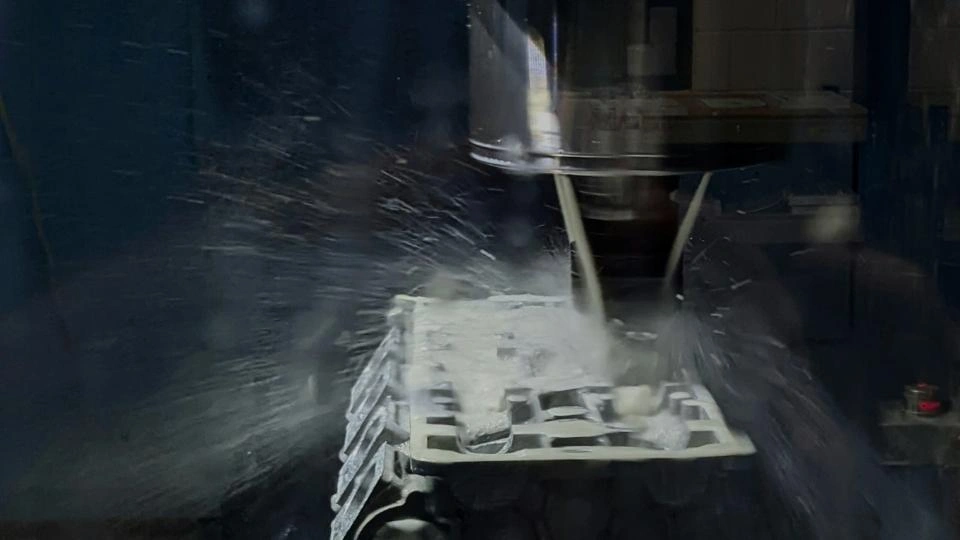
Precision CNC Machining
Parts/products are formed under an on-demand manufacturing platform that operates according to demand needs. This is also identified as Made-to-order production. The produce is only produced up to the requested amounts. It requires reduced storage expenses and minimized waste generation.
The approach differs from standard manufactured demand procedures. Conventional manufacturing generates products in large quantities that need storerooms before market sale. Conversely, On-demand production eliminates unnecessary inventory.
What Makes On Demand Manufacturing More Viable Today?
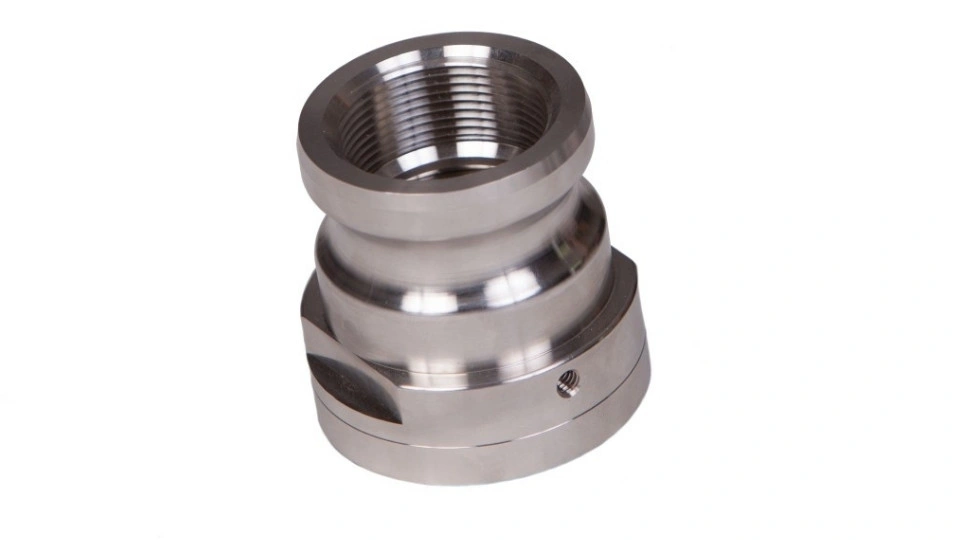
Precision Machined Part
Fast technological advancements are leading the industry towards flexible manufacturing practices. Cloud technology integrated with AI serves as a fundamental driver for this process. Customers can upload their models through platforms that provide them with instant feedback.
The Instant Quoting system provided by Protean is notable. Users can submit CAD files through our platform to obtain fast quotes in just a few hours.
In addition, advanced technologies become more accessible to businesses because of their affordable cost. Custom CNC machining is a core technology in on-demand manufacturing, while 3D printing plays an increasingly important role in specific applications such as prototyping and low-volume production. These technologies maintain a small size while remaining accessible to buyers. Conventional production manufacturing procedures need massive and costly equipment. The employment of smaller manufacturing equipment during on-demand production leads to reduced expenses. Besides, it enables extra organizations to become involved. With affordable technologies, the average shop now has the capabilities to handle substantial manufacturing jobs.
Try Prolean Now!
Advantages of On Demand Manufacturing Over Traditional Manufacturing
On-demand manufacturing companies offer many benefits over conventional manufacturing techniques. Here are some of the common benefits;
Customization and Low Production Volumes
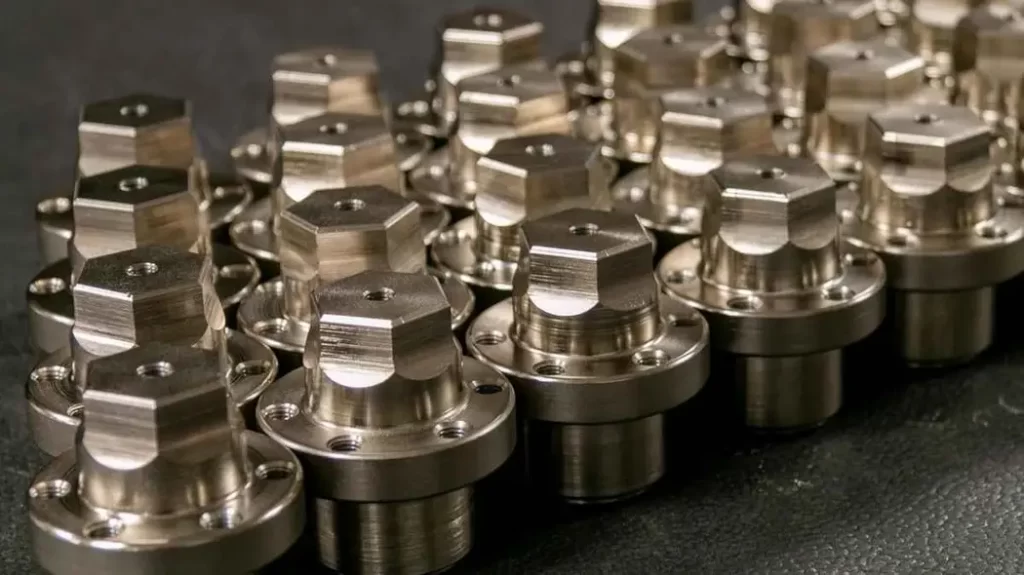
Low Volume Manufacturing
Every user has specific requirements and personal choice preferences in their final product selection. The manufacturing process allows customers to access products based on their precise specifications.
Manufacturers can place orders for goods even when they need only one prototype or small quantities of any size. Traditional manufacturing methods lack the flexibility present in modern processes. Changing product specifications and manufacturing low-volume products proves expensive. Customization is an essential requirement in medical parts manufacturing and other industries.
Reduction of Storage and Logistics Burdens on Manufacturers
Traditional manufacturing methods need an intricate system of logistics. Following mass production, manufacturers must store their products while they secure insurance coverage and conduct promotional activities. Operating these management systems implements high financial expenses. On demand manufacturing eliminates the requirement for finished product storage. The manufacturing process does not require costly storage solutions, insurance policies, or advertising expenses. This reduces overall manufacturing costs.
The on-demand order functionality allows companies to achieve high adaptability. The system enables both minimal order quantities and comprehensive order production. It maintains operational efficiency while allowing reduced delivery expenses.
More Control of Products and Less Wastage
Traditional manufacturing relies on forecasts and batch production, which can result in overproduction if demand predictions are inaccurate. Excess goods become susceptible to deterioration and waste resources. More products during the COVID-19 pandemic created unnecessary challenges for producers. Manufacturing is accomplished on demand based on product requirements. Reducing overproduction risk becomes possible when using this process. Only products that can be sold through the market currently go into production.
The approach saves valuable resources while minimizing all types of waste. The production process starts only after you make successful product sales. Resource management improves and minimizes environmental impact through on-demand manufacturing approaches.
Boosts Innovation
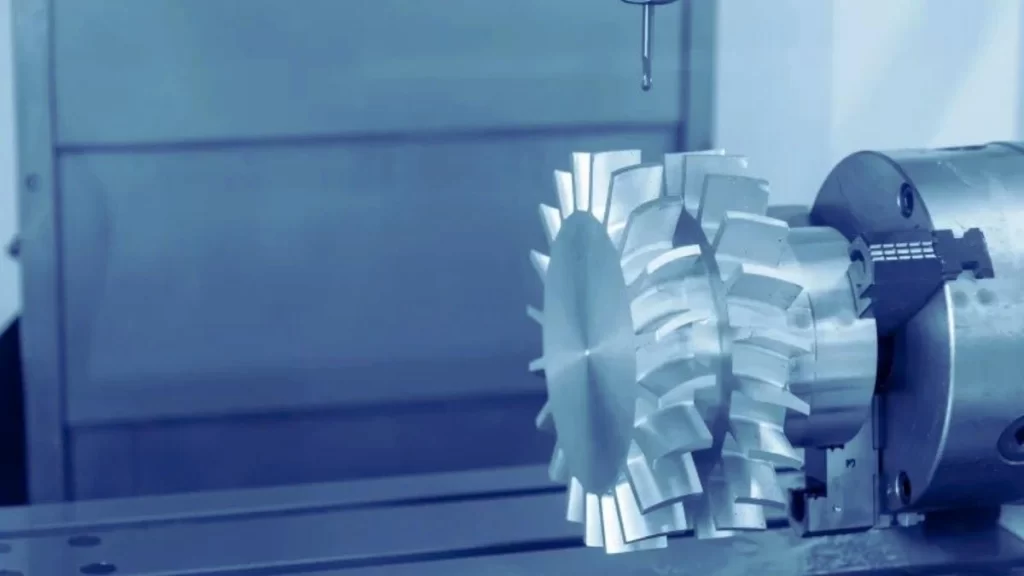
Innovative CNC Manufacturing
On-demand manufacturing stimulates innovation. Inventors benefit from low production costs, flexible production systems, and short timelines, allowing them to turn their ideas into reality swiftly. A prototype takes only days to design before a production facility produces it. Testing, along with fast design iterations, costs less money.
Both on-demand manufacturing and Computer-Aided Design systems support each other to function effectively. Their support of production speed makes rapid innovation possible. Thanks to on-demand small batch CNC machining, businesses can innovate as quickly as larger competitors.
More Opportunities for Small and Medium-Scale Technologies
Traditional manufacturing requires expensive machinery. Setting up a plant will demand investments of multiple million. On-demand manufacturing changes this. The application of inexpensive equipment is suitable for businesses operating at small scales. SMEs can now access the manufacturing industry because of the new system. The firms operate cost-efficient production through lower capital investment requirements. (Read more about tight tolerance machining)
Limitations of On-Demand Manufacturing
Several limiting factors accompany the advantages delivered by on-demand manufacturing. Therefore, we should also examine the main problems associated with this approach.
High Production Volume Cannot Be Met in a Short Time
The production capacity of on-demand manufacturing suits small-scale production needs. The system functions best at introducing new products and managing limited marketplace needs. It fails to produce large quantities of products within a short time window. The growing demand exceeds the production capacity of on-demand manufacturing to meet large-scale requirements. The production requirements for higher volumes fall more conveniently under traditional manufacturing processes, which also reduces cost.
Intellectual Property Theft
The main problem of on-demand manufacturing is intellectual property theft. Disclosing your product design, CAD files, and blueprints to a service provider creates a risk of intellectual property theft. Manufacturers who prove unreliable tend to raise this issue in product development collaborations. You must select a dependable manufacturer to shield your designs because protecting them becomes harder.
Supply Chain Dependency
Every on-demand manufacturing operation relies intensely on the performance of its supply chain system. Traditional industries’ manufacturing process yields substantial product quantities in advance, thus protecting against interruptions in their supply chain. However, on-demand manufacturing works differently. Supply chain disruptions can cause delays in traditional and on-demand manufacturing processes, making it challenging for manufacturers to meet customer order demands. The system becomes less dependable when it relies heavily on external suppliers, particularly during emergencies.
Quality Challenges
In some cases, on demand manufacturers outsource production to smaller third-party companies. Implementing this practice for cost savings purposes may produce quality control challenges. The outcome of manufacturing operations could fail to reach quality control standards because of outsourcing the production steps to external companies. The resulting flaws affect both the reliability and performance quality of the product. Your service provider must retain complete control over production management procedures to prevent these problems from occurring.
Try Prolean Now!
Applications of On-Demand Manufacturing Services
The worldwide evolution of manufacturing occurs through on-demand production techniques. This model allows businesses to satisfy particular production requirements through its adjustable structure and economic nature. On-demand or custom machining services create substantial change in several primary market sectors.
Aerospace Industry
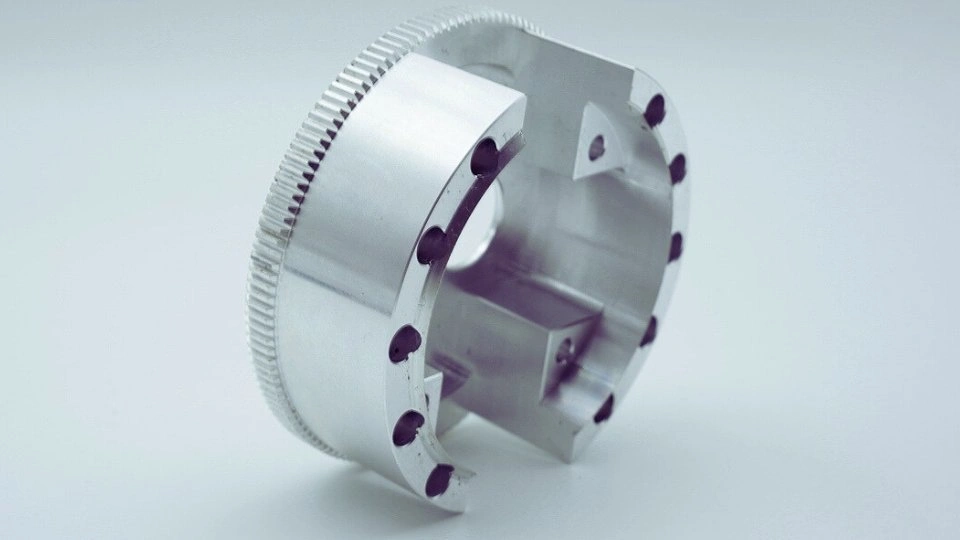
Aerospace Machining
High precision and absolute accuracy are fundamental requirements for aerospace components. The manufacturing system on demand produces small quantities of UAV components and wind tunnel models according to specific requirements. 3D printing and CNC machining techniques provide affordable manufacturing solutions to this market, permitting the swift production of novel designs. The technologies offer high-quality results while eliminating expenses characteristic of making large quantities.
Automotive Industry
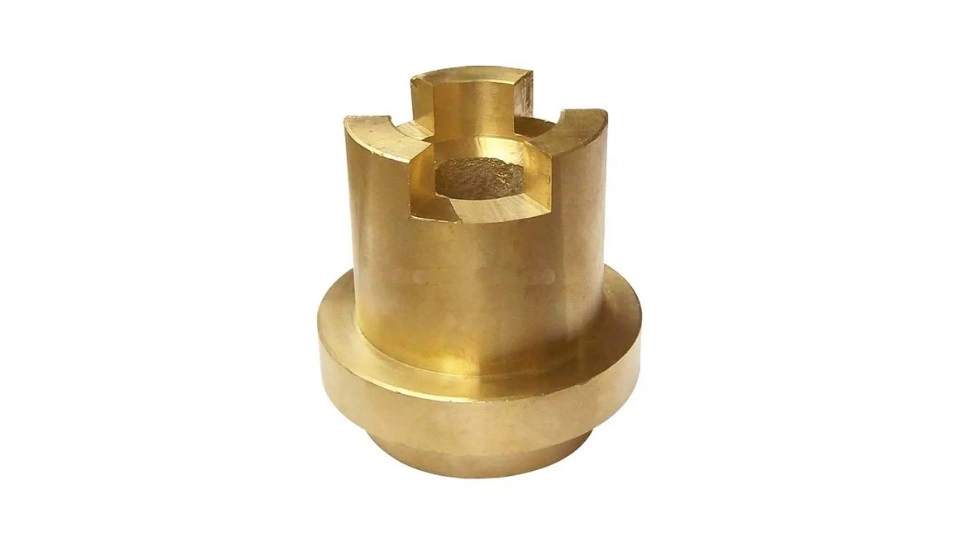
Automotive Machined Part
The automotive industry needs diverse vehicle elements that must go through complete testing procedures for safety compliance and operational excellence. The ability to manufacture products on demand enables manufacturers in the automotive sector to produce smaller parts, thus reducing inventory waste and extra stock. On-demand manufacturing generates excellent results when companies need to build unique interiors, lightweight components, and custom automobile grilles. This approach enhances vehicle performance levels. Aside from this, it provides flexibility and high operational efficiency to enable producers to meet individual production needs even when they avoid large volume-based manufacturing.
Healthcare Industry
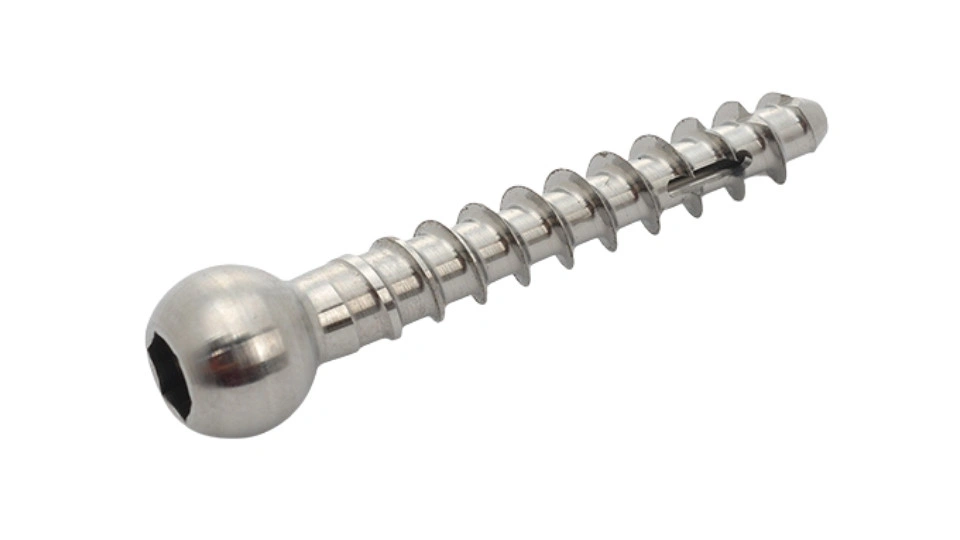
Medical Machined Part
Medical facilities need rapid specialized product manufacturing to succeed in their operations. Traditional methods tend to experience difficulties when delivering efficient production quantities. The demand-based production system supports quick medical device and model and tool manufacturing of small lot sizes. Healthcare providers utilize 3D printing and urethane casting technology to develop fast custom surgical tools and anatomical models for patient care. These procedures enable the delivery of high-quality, custom-made solutions that correspond to the evolving requirements of healthcare operations. (Get more insight on rapid prototyping with CNC)
Robotics Industry
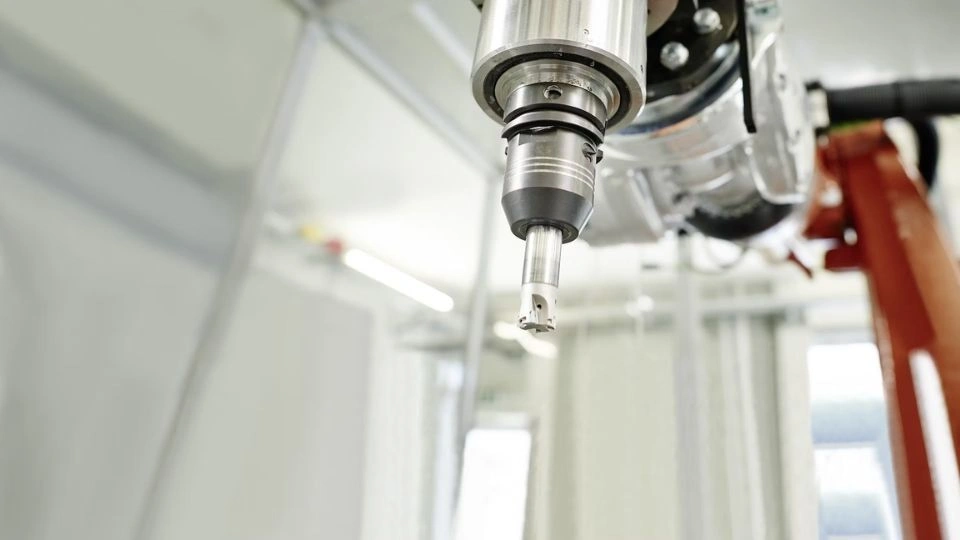
CNC Machining in the Robotic Industry
Robotics depends on continuous innovation because businesses require fast prototyping processes to succeed. The on-demand manufacturing suits create one-off custom parts and prototypes whenever needed for minor batch requirements. Robotics companies utilize this model to perform speed testing of new ideas and evolve product designs at a reduced expense compared to conventional mass manufacturing. Rapid prototyping gets immediate help from this production method, which enables engineers and designers to develop new ideas more quickly and at lower costs.
E-Commerce
E-commerce organizations succeed by rapidly delivering customer products. These companies use on-demand manufacturing to produce products only during customer orders, which helps eliminate the need for inventory storage. The model delivers economic benefits to businesses seeking to cut costs on warehousing expenses yet wishing to present an extensive product assortment. E-commerce companies maintain their agility and market responsiveness by making products only when orders arrive.
Start with Prolean Tech for Your On-Demand Manufacturing Services
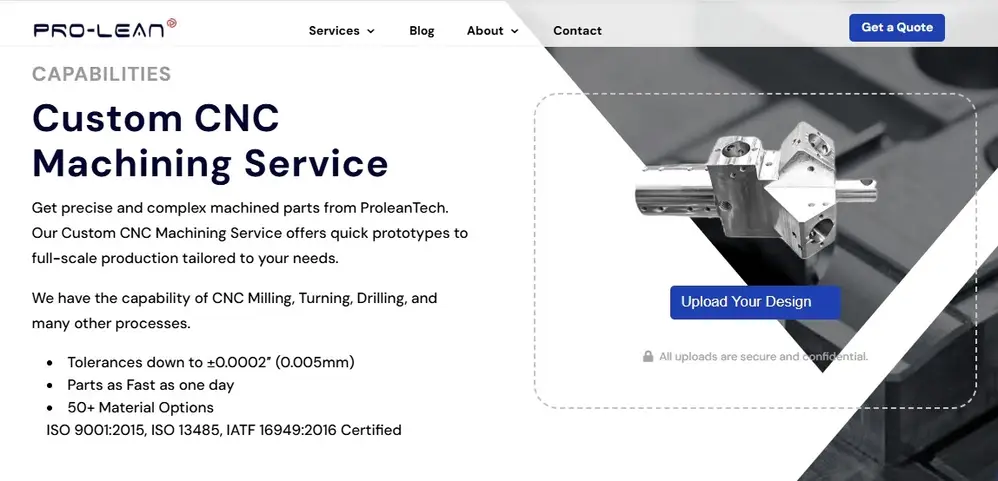
Prolean Tech CNC Machining Services
Prolean Tech is your trusted manufacturing partner. We provide prompt custom machining solutions that meet customers’ requirements. We know how important confidentiality is in manufacturing. Don’t worry; our team offers confidentiality clauses to protect your design and data, and a confidential agreement will be signed during the contract.
Quality is our top priority, as we are accredited and uphold ISO 2015 certification. We take pride in offering comprehensive solutions; whether you want a few products or are looking for mass quantities, we ease the process, and our extensive network of logistics and supply chains ensures your products reach you in time. So, why wait, start your project with us right now to allow us to transform your concept into premium products.
Final Thoughts
Manufacturing on demand has transformed the industry through accelerated innovation while granting exceptional adaptability to businesses and customers. Modern businesses rely on this model technology as their primary choice for making small production runs. The fast-paced market demands lead medium and large-scale manufacturers to adopt on-demand production because of its efficient adaptability helping them stay competitive.
FAQs:
Q1: What is Manufactured On Demand?
Manufactured on demand means producing items only when they are ordered. This helps reduce inventory costs and ensures products are made to meet specific needs. It is used in industries like custom parts and small-batch production.
Q2: What is an On-Demand Product?
An on-demand product is made only when a customer places an order. This helps reduce waste and ensures products are tailored to customer needs. Examples include custom parts and made-to-order items.
Q3: What is an Example of Manufactured Demand?
Manufactured demand refers to producing products only when there’s a customer request. An example is creating custom drone parts after an order is placed. This reduces overproduction and helps meet specific needs.
Q4: What Are Some Examples of On-Demand Manufacturing Companies?
On-demand manufacturing companies produce items after an order is made. Examples include 3D printing companies and those making custom parts for various industries like automotive and aerospace.
Q5: How Big is the On-Demand Manufacturing Market?
The on-demand manufacturing market is growing quickly. Businesses are adopting it to save on inventory and reduce lead times. The market is expected to continue growing with technological advancements like 3D printing.




0 Comments